What Is a Power Module?
A power module is a product that integrates power-related circuits into a single module package by combining multiple power semiconductors.
By integrating the necessary functions in an IC (semiconductor integrated circuit) and optimizing the low-power design, power modules are used in a wide range of fields, including industrial equipment used in factories, large white goods, automobiles, railroads, and new energy sources. This technology is used in a wide range of fields, including industrial equipment used in factories, large white goods, automobiles, railways, and new energy.
The market for power modules is still growing rapidly.
Uses of Power Modules
The most familiar application of power modules is the inverters installed in air conditioners, refrigerators, washing machines, and so on. These inverters can control the speed of motors by converting their frequency.
By freely changing the number of motor revolutions, it is possible to reduce wasteful movement and contribute to energy conservation. In contrast, air conditioners without inverters can only turn the motor on and off, which leads to the repetition of extreme movements such as running and stopping the air conditioner, resulting in wasteful power consumption.
Inverters are used to control the speed of motors and are also used in electric vehicles such as HEVs and EVs. It is important that the vehicle’s drive not only turns on and off but also detects and controls the spinning of the tires.
Without this control, the vehicle will slip. In snowy regions, power must be applied to the tires safely and efficiently, and very fine control of motor power is important and indispensable, especially in EVs and HEVs.
Principle of Power Modules
A power module consists of multiple power transistors optimized for its required power supply application, together with a bias drive circuit, and modularized together with peripheral components to improve withstand voltage and switching speed and efficiency during power operation. In addition, the package and substrate are characterized by their heat dissipation and other features that make them easy to use.
Among the power semiconductors widely used in power modules, power transistors have the widest range of applications. The situation is such that technological development is being actively pursued mainly by semiconductor and materials manufacturers. Among power transistors, there are several semiconductor devices listed below.
1. Bipolar Transistor
Bipolar transistors have a simple structure and can handle large amounts of power. However, they have the disadvantages of slow switching speed and high power consumption. In recent years they are no longer the mainstay of power module applications.
2. Power MOSFET
Power MOSFETs (FETs: Field Effect Transistors) have the advantage of the fastest switching speeds and low power consumption. However, they also have the disadvantage of not being able to handle large amounts of power.
3. IGBT
Developed in the 1980s, Insulated Gate Bipolar Transistors (IGBTs) can handle large amounts of power. Compared to MOSFETs, IGBTs are capable of switching that is not too much inferior to MOSFETs. The circuit configuration is a combination of a MOSFET and a BJT (Bipolar Junction Transistor).
Other Information on Power Modules
1. Trends in Next-Generation Power Modules
SiC-MOSFETs have recently been attracting attention as devices for next-generation power modules, because SiC substrates have higher bandgap energy and higher breakdown voltage than Si substrates.
IGBTs can handle high power even with Si substrates, but their bipolar structure makes it difficult to increase the switching speed. SiC-MOSFETs, which are high-power devices with fast switching speed, are currently being considered for next-generation power modules.
The weakness of SiC substrates in mass production has been overcome by the emergence of substrate manufacturers capable of handling 6-inch substrates, which is a result of technological innovation.
2. Power Modules in EVs
The voltage of lithium-ion batteries in EVs is related to the charging time, so we are aiming to shorten the charging time by high-speed charging. To improve the efficiency of the power train, which is equivalent to the engine of an EV, we are working to reduce the current 400V level. In order to improve the efficiency of the powertrain, which corresponds to the engine of an EV, further increase in voltage, from the current 400V to, for example, 800V, is required.
In order to handle high voltage and high controllability of in-vehicle motors, it is important to switch the AC current generated by the inverter circuit at high speed, and power devices and power modules are used here.
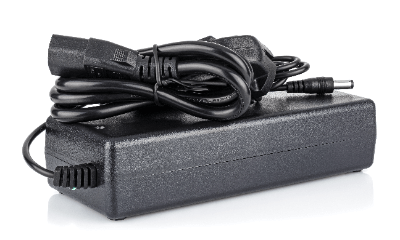 A switching AC adapter is an
A switching AC adapter is an 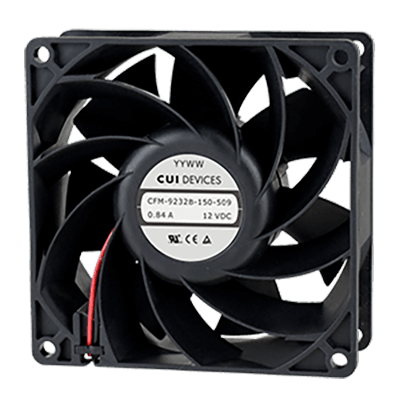
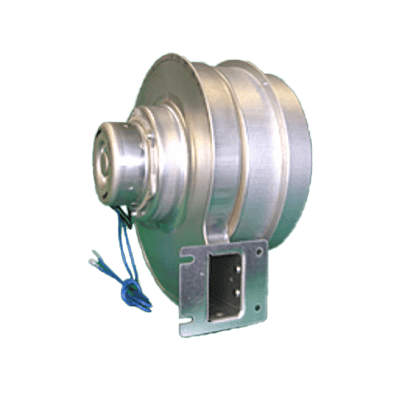
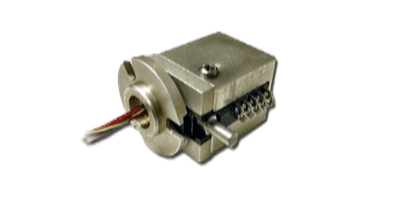
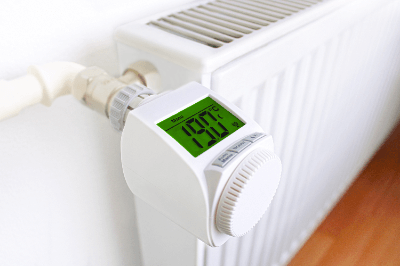 A thermostat is a device used in temperature control.
A thermostat is a device used in temperature control.